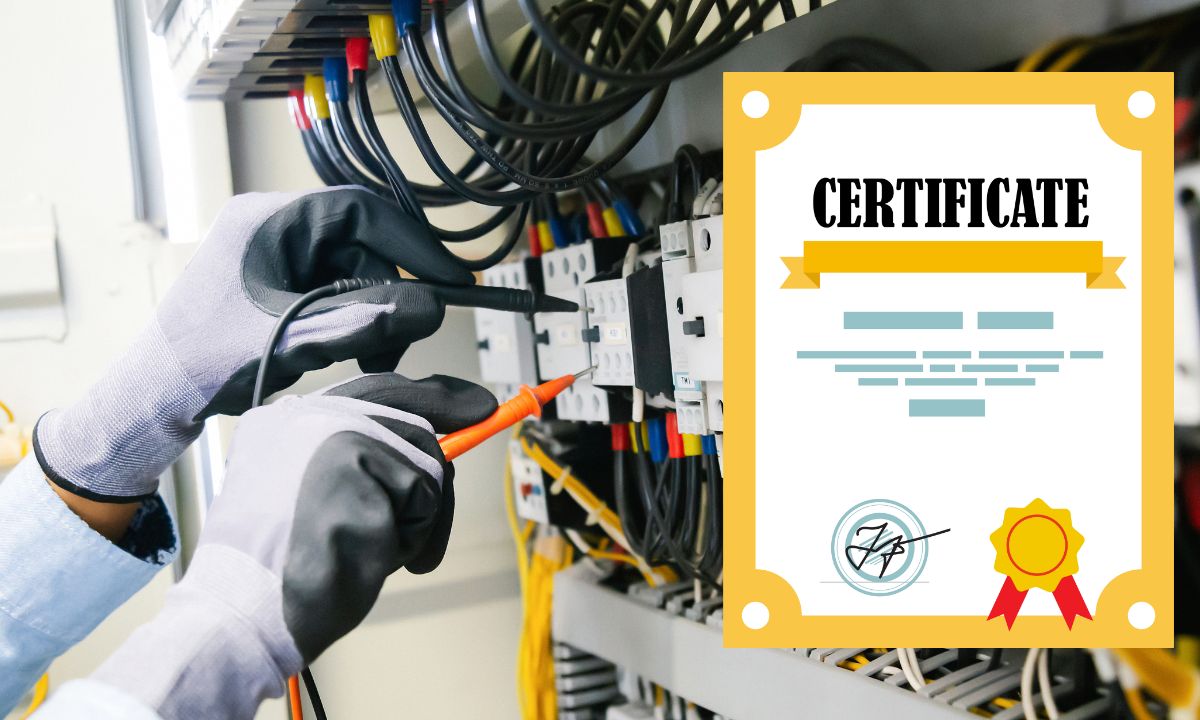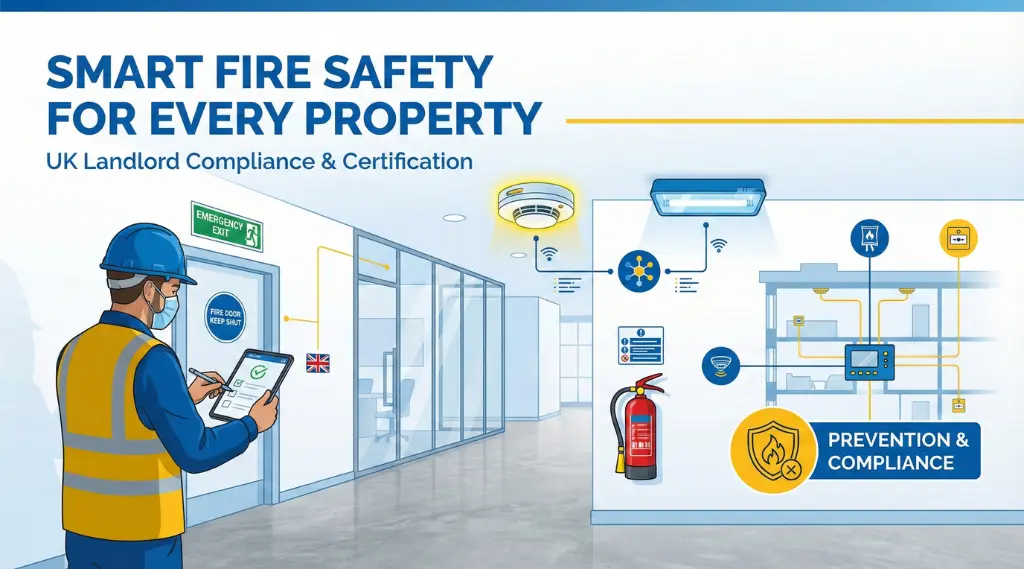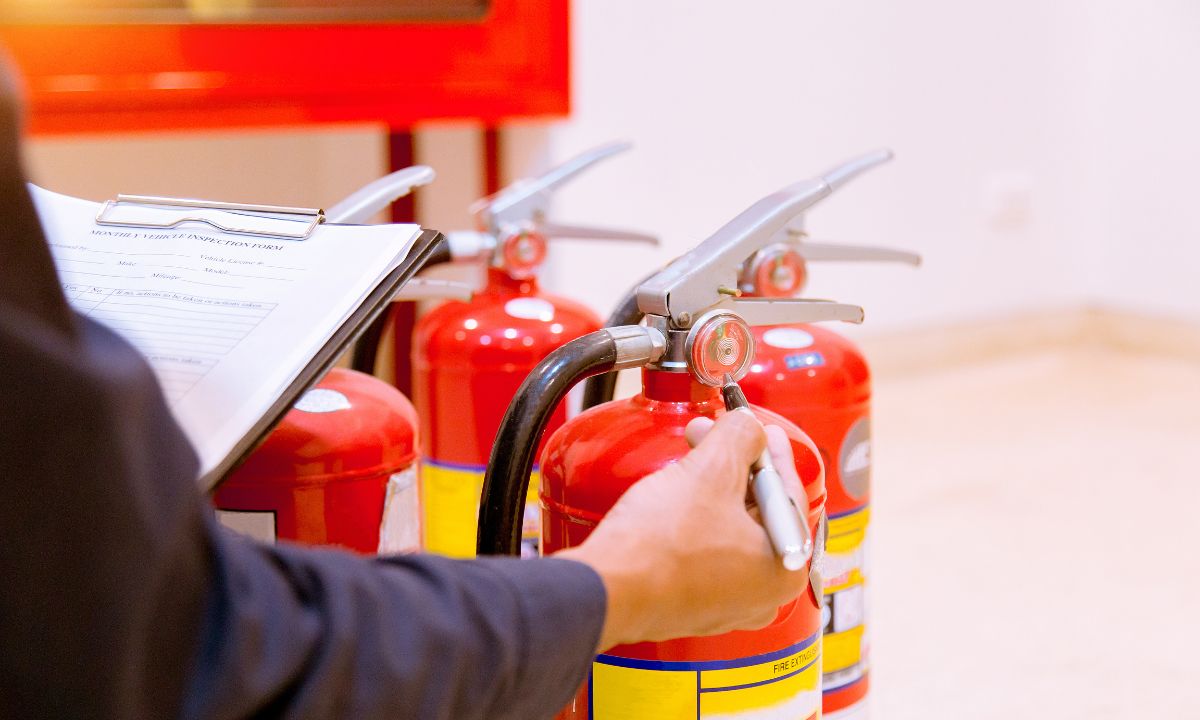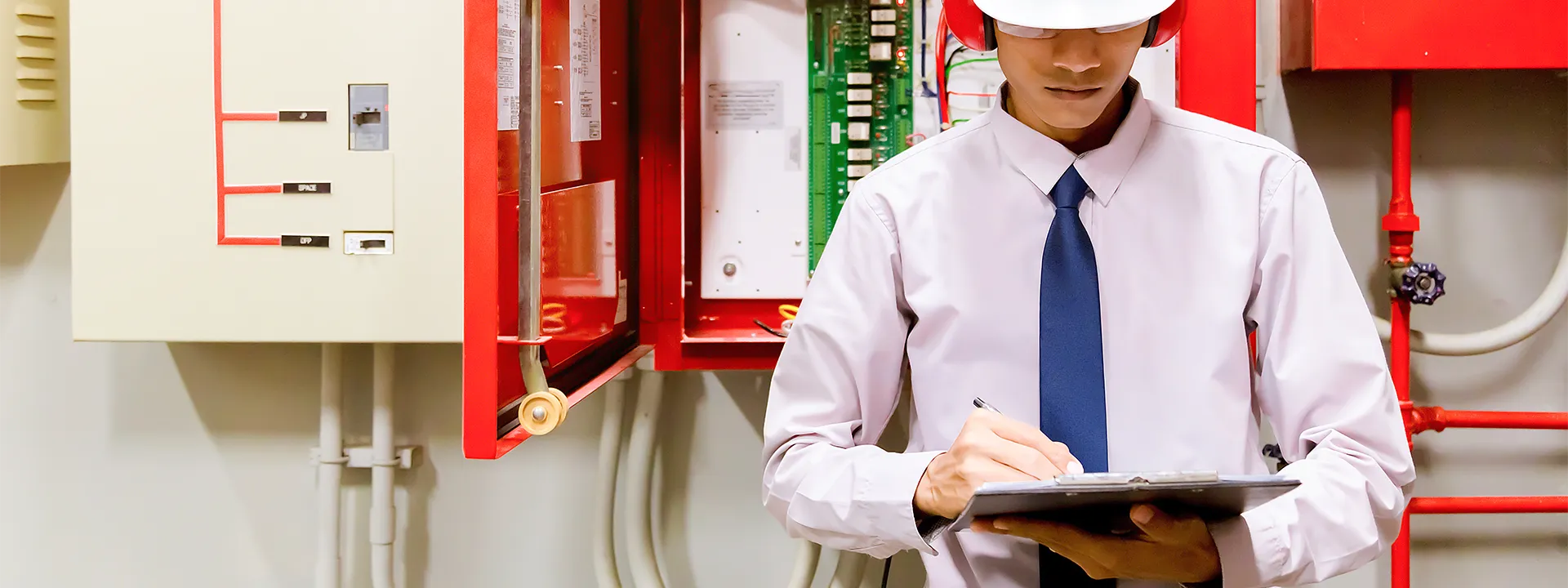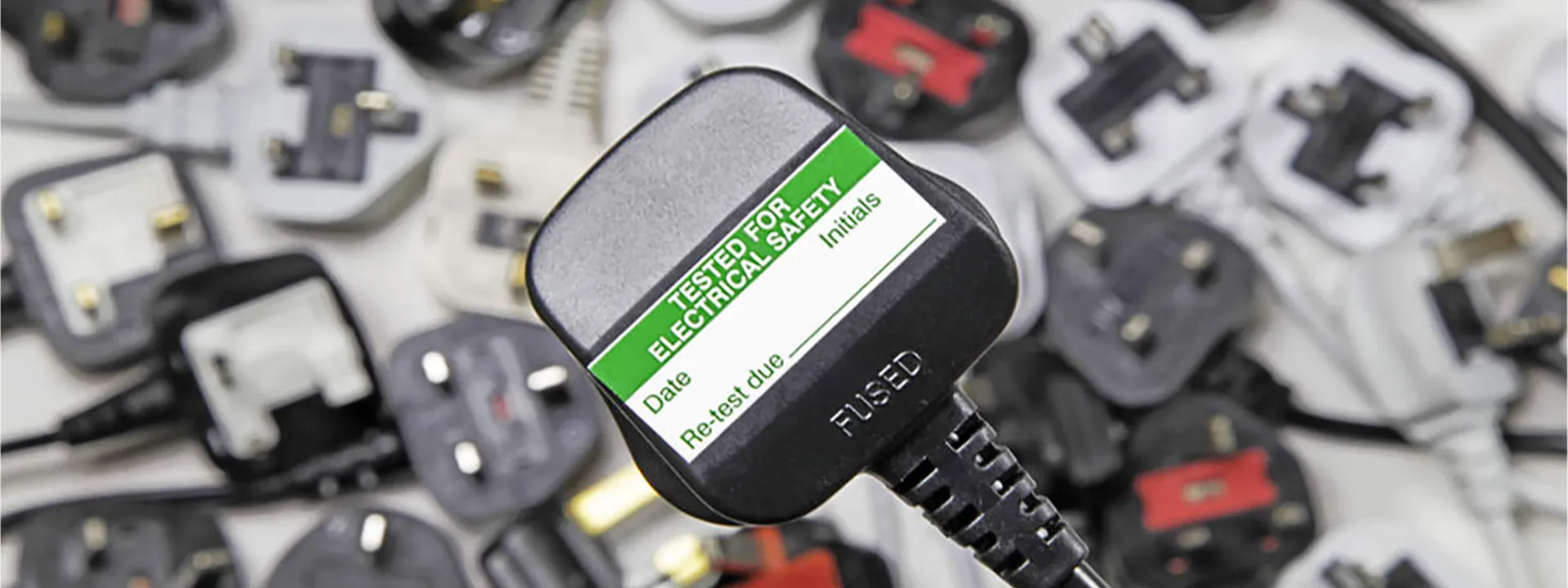Obtaining your electric safety certificate can bring you many benefits, the least of which is telling your tenants that your building is electrically safe. Nowadays, most of these government documents are available online for easier searching and downloading. However, locating your electrical safety certificate online can be difficult if you don’t know where to look for them.
In this article, we will start by helping you get the certificate since you need one to look for it online. We will cover finding it online once you learn how to get one. People make many mistakes when looking for the certificate online, and we will share a few of them so that you don’t make them as well.
What Is An Electrical Safety Certificate?
An electrical safety certificate, also known as an electrical installation condition report (EICR), is an official document that verifies the safety and compliance of an electrical installation within a property. It is a crucial certification for residential and commercial spaces, ensuring the electrical systems meet the required safety standards.
How To Get An Electrical Safety Certificate In London?
In London, as in the rest of the UK, obtaining an electrical safety certificate typically involves hiring a qualified electrician to conduct an Electrical Installation Condition Report (EICR). This report assesses the safety and condition of the electrical installations within a property. Here’s a general guide on how to get an electrical safety certificate in London:
1. Hire a Qualified Electrician
Look for a qualified electrician registered with a competent person scheme, such as NICEIC (National Inspection Council for Electrical Installation Contracting), ELECSA, or NAPIT (National Association of Professional Inspectors and Testers). These schemes ensure that the electrician is competent and works to the required safety standards.
2. Request an EICR
Contact the electrician and request your property’s Electrical Installation Condition Report (EICR). Explain the purpose, whether for a landlord, homeowner, or any other reason.
3. Arrange an Inspection
Schedule a convenient time for the electrician to inspect your property. Ensure they have access to all areas, including the consumer unit (fuse box), sockets, switches, wiring, and other relevant electrical components.
4. Electrical Inspection
During the inspection, the electrician will check the condition of the electrical installations, identify any defects, and assess the system’s overall safety. This may involve testing and visual inspections.
5. Receive the Report
After the inspection, the electrician will provide you with an EICR report. This report will detail the condition of the electrical installations and highlight any issues or recommendations for improvement.
6. Address Defects (if any)
Suppose the report identifies any defects or areas of concern. In that case, you may need to address these issues to ensure compliance with safety standards. The electrician can provide guidance on the necessary repairs or improvements.
7. Issue of Electrical Safety Certificate
Once necessary repairs or improvements are completed, the electrician can issue the Electrical Safety Certificate. This document confirms that the electrical installations in your property meet the required safety standards during inspection.
8. Keep Records
Keep a copy of the Electrical Safety Certificate for your records. Landlords may need to provide this certificate to tenants, and homeowners may require it for insurance.
It’s important to note that landlords in England must have an EICR conducted at least every five years, and the certificate should be provided to tenants. Moreover, homeowners are advised to conduct routine electrical inspections to safeguard the security of their property.
Read about the responsibilities of landlords about electrical safety certificates from us.
Locating Your Electrical Safety Certificate Online
1. Navigating Government Portals
Exploring official government websites is often the first step. These portals, equipped with user-friendly interfaces, allow you to locate and download your electrical safety certificate promptly.
2. Utilizing Utility Provider Platforms
Your utility provider’s online platform is another valuable resource. Log in to your account, navigate to safety certificates, and easily download your document.
3. Online Certification Services
Opting for online certification services can simplify the process further. These platforms specialize in providing and managing safety certificates. A quick search using the relevant keywords will lead you to reputable services.
4. Mobile Applications
Innovations in technology have led to the development of mobile applications dedicated to safety certifications. Downloading such apps can make accessing your electrical safety certificate a seamless task.
5. Locating Your Electrical Safety Certificate Online with QR Codes
Some certificates now come equipped with QR codes. Scanning these codes using a dedicated app instantly directs you to the online location of your safety certificate.
Common Mistakes In Locating Your Electrical Safety Certificate Online
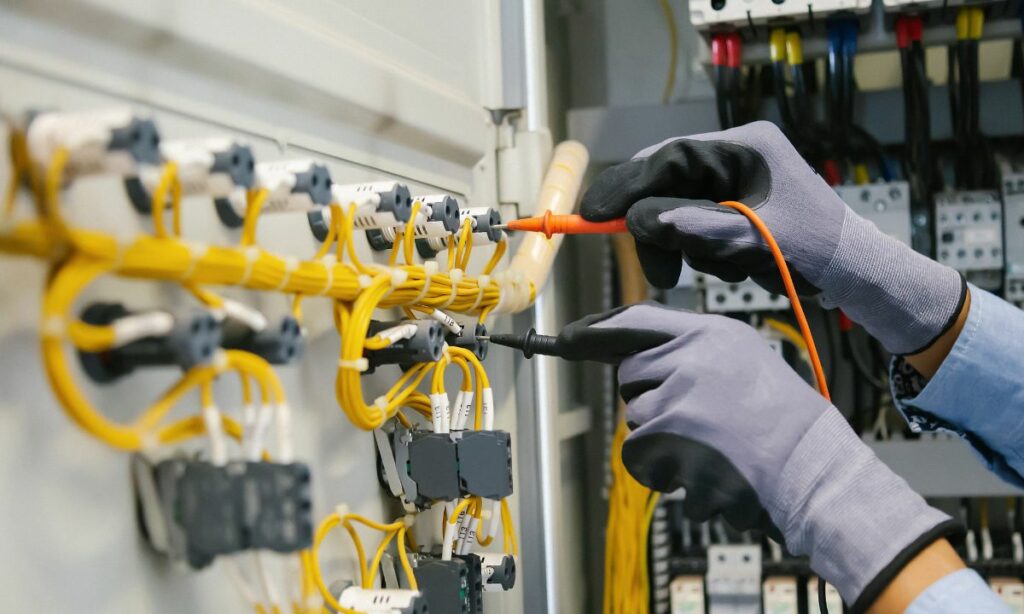
Locating your Electrical Safety Certificate online is crucial for maintaining records and ensuring compliance. However, there are common mistakes people make during this process. Here are some to avoid:
Locating your Electrical Safety Certificate online is crucial for maintaining records and ensuring compliance. However, there are common mistakes people make during this process. Here are some to avoid:
1. Ignoring Expiry Dates
Electrical Safety Certificates have an expiration date. Neglecting to check and renew it on time can lead to non-compliance issues. Set reminders to ensure timely updates.
2. Using Unsecured Platforms
Be cautious about where you store your certificate online. Use secure and reputable platforms to prevent unauthorized access. Avoid sharing sensitive information on unsecured websites.
3. Failure to Update Information
If there are changes in your electrical system or property details, update the information on the certificate promptly. Outdated information may lead to inaccuracies during inspections.
4. Not Checking for Authenticity
Ensure that the online platform displaying your certificate is legitimate. Verify the authenticity of the website or service to prevent potential scams or misuse of your certificate.
5. Ignoring Local Regulations
Different regions may have specific requirements for accessing and storing electrical certificates online. Be aware of and adhere to local regulations to avoid legal complications.
Conclusion
Once you have been given the electrical safety certificate, you will keep it in a safe place for future needs. But not everyone remembers to do so, and some forget where they kept it in the first place. So, locating your electrical safety certificate online can be the best way to solve these issues.
